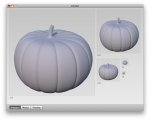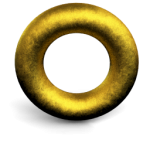Mac OS X Icon Making in Cheetah 5
What is the procedure for making Mac OS X icons in Cheetah 5? All I can find is this: old post, and the wish-list for Cheetah 5. The "Making Mac OS X Icons" link in the Help Book is broken, probably because the feature for making icons directly was removed since it only went up to 128 x 128.
So, what's the new procedure? I have Icon Composer and Graphic Converter if necessary, but not Photoshop. The issues I see are:
1. Alpha Mask
2. Shadow
(Even if the procedure is the same as Cheetah 4 I'd still appreciate a straightforward step-by-step, since I've seen different ideas kicked around.)
Thank you,
Jerry
What is the procedure for making Mac OS X icons in Cheetah 5? All I can find is this: old post, and the wish-list for Cheetah 5. The "Making Mac OS X Icons" link in the Help Book is broken, probably because the feature for making icons directly was removed since it only went up to 128 x 128.
So, what's the new procedure? I have Icon Composer and Graphic Converter if necessary, but not Photoshop. The issues I see are:
1. Alpha Mask
2. Shadow
(Even if the procedure is the same as Cheetah 4 I'd still appreciate a straightforward step-by-step, since I've seen different ideas kicked around.)
Thank you,
Jerry
Last edited:



